Electromagnetics Blog Posts
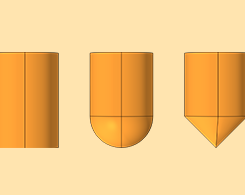
Analyzing Kelvin Probe Designs with COMSOL Multiphysics®
Kelvin probes, a type of MEMS technology, provide a nondestructive and contact-free way to measure the work function differences of various material combinations.
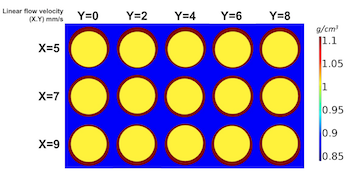
Improving IFE Target Fabrication with a Droplet Microfluidics Method
A common joke is that fusion energy is 30 years away, and always will be. Researchers are using simulation to tackle the challenges involved with of inertial fusion energy target production.
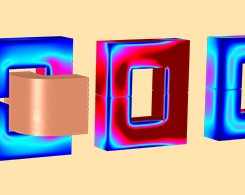
Analyze the Electrodynamics of a Magnetic Power Switch via Simulation
The AC/DC Module can be used to simulate electrodynamic devices, such as magnetic power switch circuit breakers. Follow along with this discussion to study the working principles of the device.

Silicon Photonics: Designing and Prototyping Silicon Waveguides
John Tyndall tried to control the most visible form of energy, light, using 2 buckets and some water. Today, there is a more advanced device for this purpose: a silicon waveguide.

Optimizing the Geometry of Optical Antennas with Genetic Algorithms
What does antenna design have to do with the concept of natural selection? Although it may sound far-fetched, the basic principles of natural selection can be used to optimize antenna geometries.
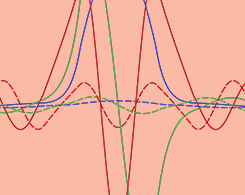
Learning Quantum Mechanics Concepts with Double-Barrier Structures
Quantum mechanics is a notoriously difficult subject to learn — and teach. Modeling a double-barrier structure is an effective way to teach quantum mechanics concepts to physics students.
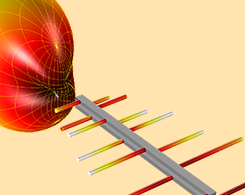
Designing Accurate EMC/EMI Testing Equipment with RF Modeling
EMI/EMC testing is used to ensure that various products, processes, and systems meet standard compliance requirements. RF modeling can be used to design equipment for accurate analyses.

How to Create Electrostatics Models with Wires, Surfaces, and Solids
Here’s a guide to building models that combine wires, surfaces, and solids using the electrostatics features based on the boundary element method that are available with the AC/DC Module.
